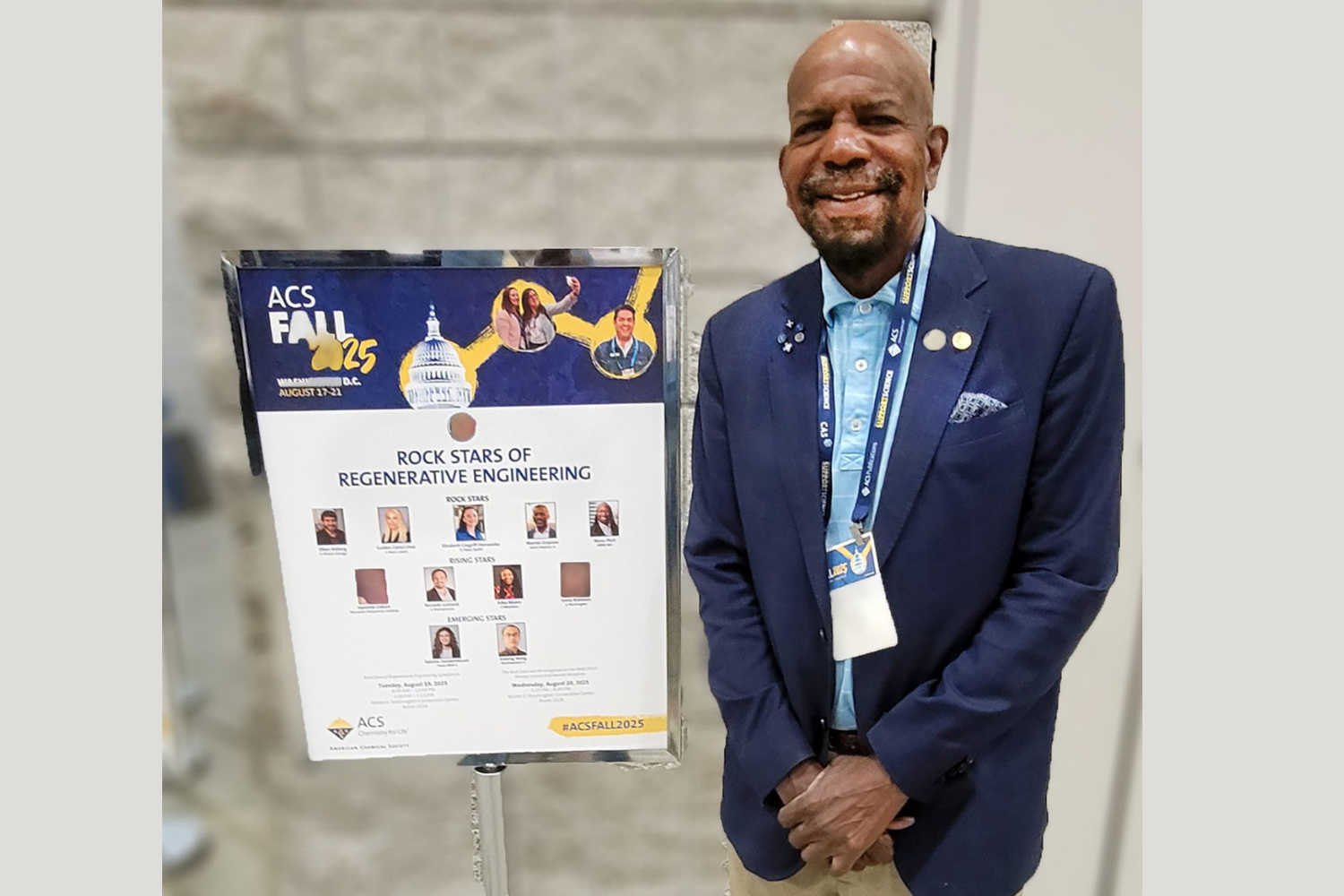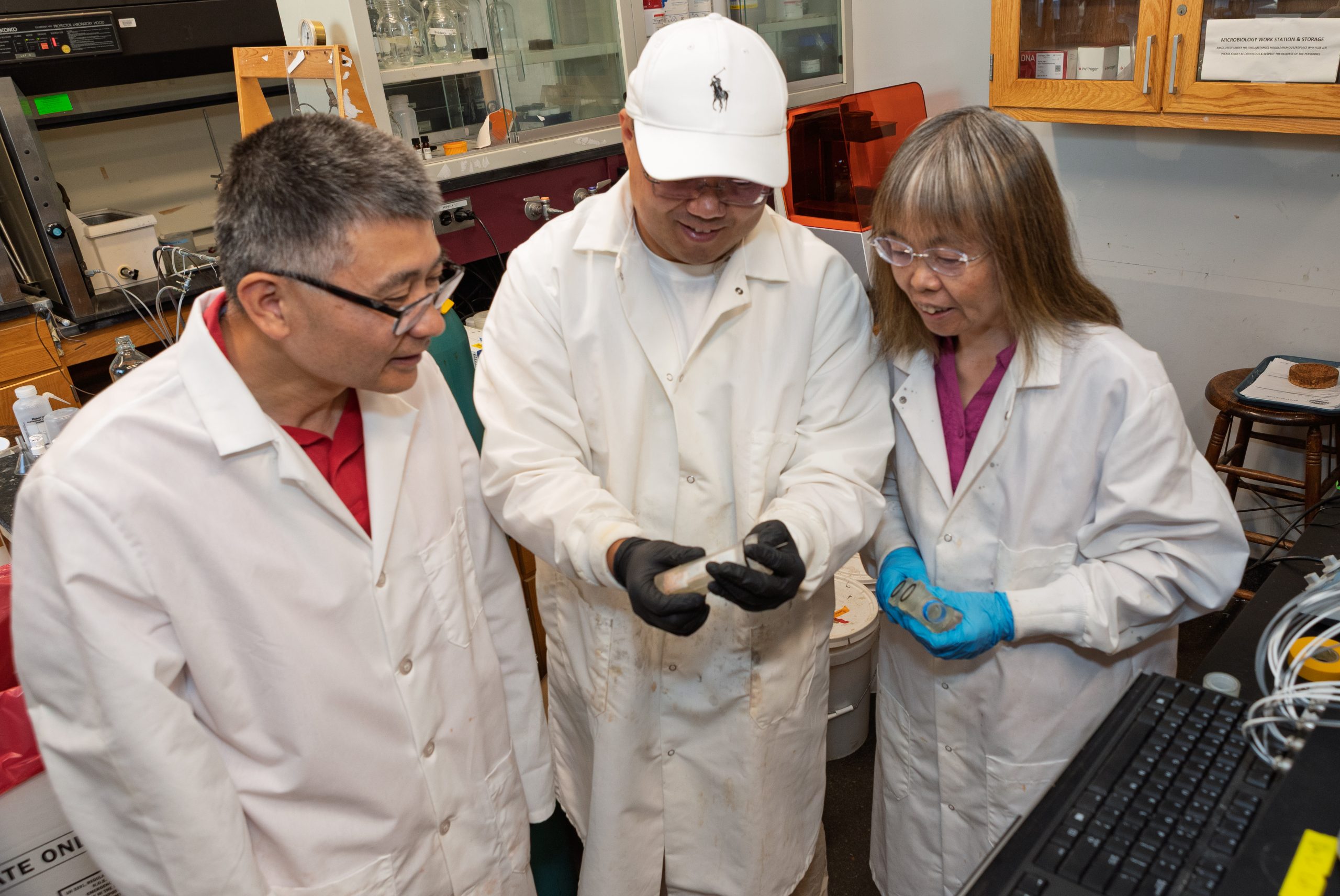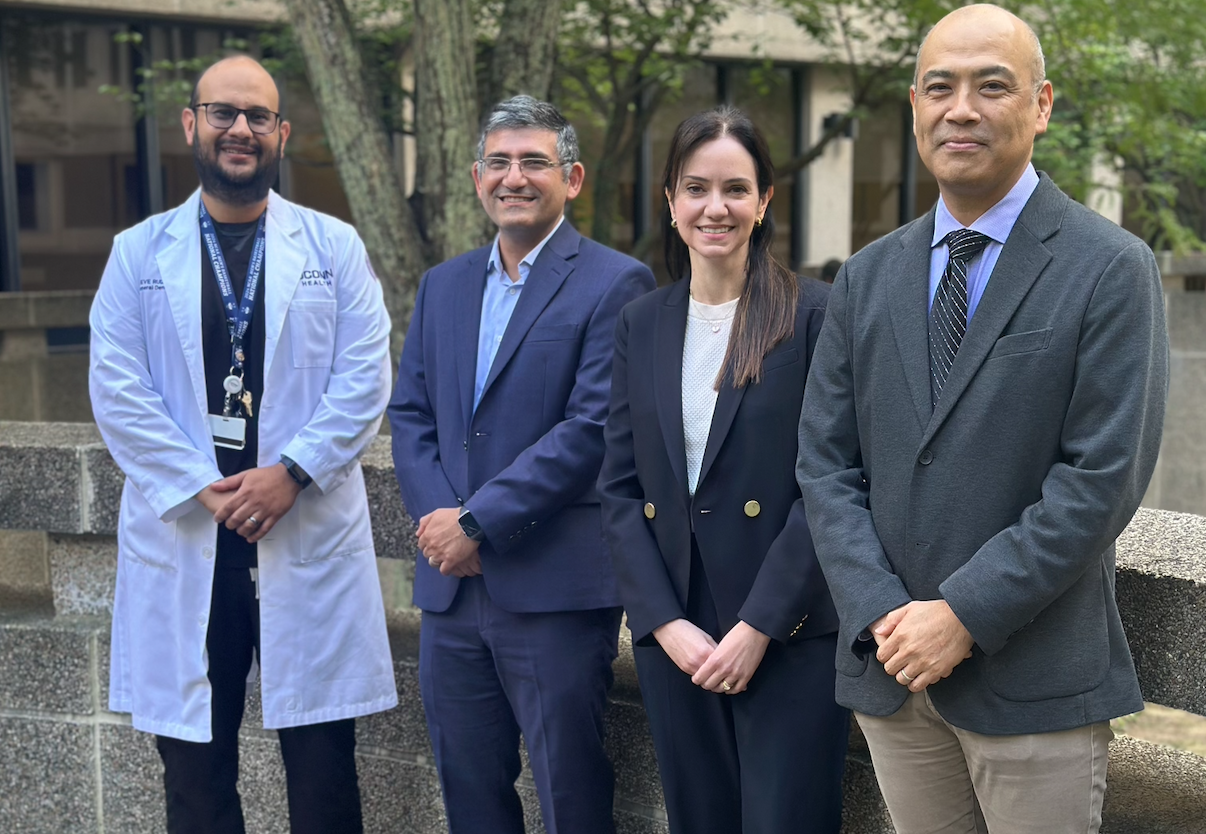Cooling Garments Can Protect Laborers in a Hotter World
The world is getting hotter and hotter. 2024 was the hottest year on record, and 2025 is on track to come in a close second.
This trend is making working conditions more dangerous for laborers in fields where they are regularly exposed to high temperatures like agriculture and construction. 2.4 billion laborers are exposed to excessive heat every year, resulting in 22.8 million injuries and nearly 19,000 deaths worldwide.
A new paper from researchers in the Korey Stringer Institute (KSI) demonstrates that commercially available body-cooling garments provide significant protection against extreme heat. KSI is housed within the Department of Kinesiology in the College of Agriculture, Health and Natural Resources (CAHNR).
The study was led by Cecilia Kaufman, director of occupational safety for KSI and doctoral student of kinesiology. This research was published in the American Journal of Industrial Medicine.
Kaufman and her team soaked MISSION hats with neck flaps, neck gaiters, and sun sleeves in ice water and then had participants complete tasks like lifting boxes and walking on a treadmill to simulate labor conditions.
“We selected to use those things because they would cover more of the body’s surface area,” Kaufman says. “In order to cool the body as quickly as possible the main focus is to cover as much of the body’s surface area as we can.”
These evaporative cooling garments help pull heat away from the body and dissipate it into the environment to keep the body cool.
The internal temperatures of participants wearing the cooling garments were, on average, one degree Fahrenheit cooler than those in the control group, who did not wear the cooling garments. Those with the garments were also more productive in the tasks they completed for the experiment.
“That decrease in physiological strain and increase in performance was really impactful when we look at using this in addition to water, rest, and shade,” Kaufman says.
The researchers used participants’ internal temperatures during the last 30 minutes of the trial to project what their temperature would be at the end of an eight-hour workday. Those in the control group were projected to reach critical hyperthermia levels, where there is a risk of heat-related injuries, by the end of a shift while those using the cooling products were not.
This study is a follow-up to KSI research led by Margaret Morrissey-Basler’s that found strategies like providing shade, cooling, and water provided significant benefits. However, these strategies are not applicable at all times in all environments, while wearing body-cooling garments can be done anywhere and while working in the sun.
“Evaporative cooling as opposed to conductive cooling can be a great resource in some settings where there might not necessarily be power,” Kaufman says. “As long as you have water or a way to activate these garments with the cooling technology that they hold, then they’re a great resource to use, especially in more isolated settings.”
Additionally, the previous study only looked at men. This is a significant gap as women make up as much as 50% of the agricultural workforce in areas like sub-Saharan Africa. This new research included both men and women in the trials.
More research focusing on laborers is critical. Most studies on heat-related illness to date have focused on athletic and military populations, both of which are extremely physically fit. Laborers, however, are more likely to have preexisting conditions or be taking medications that could heighten their risk of heat-related injuries.
Kaufman says there also needs to be more research focused on different industries which each face their own challenges, as well as more field research in these settings.
“We need more research in agriculture, versus oil and gas, versus manufacturing versus construction,” Kaufman says. “All these industries offer unique perspectives when it comes to these things.”
This work relates to CAHNR’s Strategic Vision area focused on Enhancing Health and Well-Being Locally, Nationally, and Globally.
Follow UConn CAHNR on social media
Latest UConn Today
- Rock Stars of Regenerative Engineering Symposium at the American Chemical Society ConferenceThe symposium, coordinated by ACS’s Division of Polymeric Materials Science and Engineering, highlights the Regenerative Engineering Society, founded by UConn's Dr. Cato T. Laurencin.
- UConn School of Nursing Hosts Annual Transitions to Clinical CeremonyThird-year nursing students embark on the second half of their nursing education.
- Diane W. Whitney ’85 JD Elected to UConn Board of TrusteesWhitney is set to serve a 4-year term
- Five UConn Law Faculty Members Honored with Named ProfessorshipsThese appointments celebrate individual contributions while affirming UConn Law’s dedication to shaping the future of law and justice.
- Smart Water Sensors Help Preserve Clean Water SuppliesA College of Engineering research team is developing smart sensors for monitoring municipal wastewater, soil and other treatments with more accuracy and stability than existing sensor technology
- School of Dental Medicine Announces Faculty PromotionsFour faculty members received promotions













